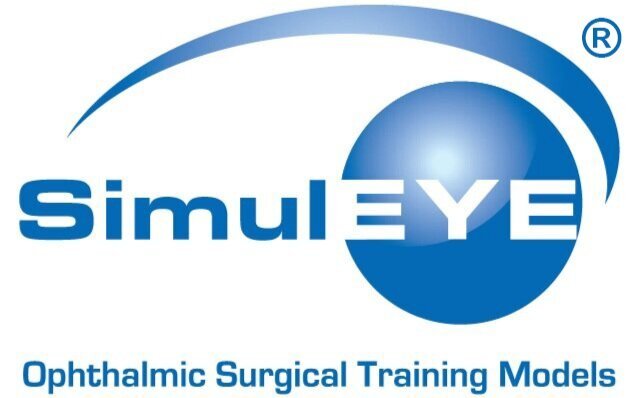Mentoring Session & Hands-On Training with Dr. Stuart Stoll & YMDC
Defining a Small Pupil
Defining a small pupil may depend on…
Surgeon skill & technique.
Not all pupils of the same size are the same.
Pupil size is only one factor.
Iris Tissue Properties – dilates, bound down, atrophic, floppy, etc.
Causes of Small Pupil
Age-Related – Iris Atrophy
Medications – chronic pilocarpine
IFIS – Intraoperative Floppy Iris Syndrome
Posterior Synechiae – uveitis, trauma, prior surgery, angle closure
PEX – atrophy of dilator and sphincter muscles
Diabetes – autonomic neuropathy partially denervating the dilator and sphincter muscles; and rubeosis
Managing Small Pupil
Intracameral Medication: Phenylephrine / Epinephrine
Viscodilation – cohesive agents
Posterior Synechiolysis – cyclodialysis spatula or viscoelastic cannula
Pupil Stretching – Kuglen Hook for push-pull or Beehler Pupil Dilator
Iris Hooks
Pupil Expanding Devices: Malyugin Ring I-Ring Xpand
SimulEYE’s Small Pupil and Xpand models are the perfect practice models to prepare for treating and managing small pupils using Ophthalmic Devices.
SimulEYE Small Pupil & Xpand Model
Our practice models ensure that training is optimized with hands on practice PRIOR to practicing on patients.
See the impact of our SimulEYE models as practice tools in the full presentation on Small Pupil Management below…

